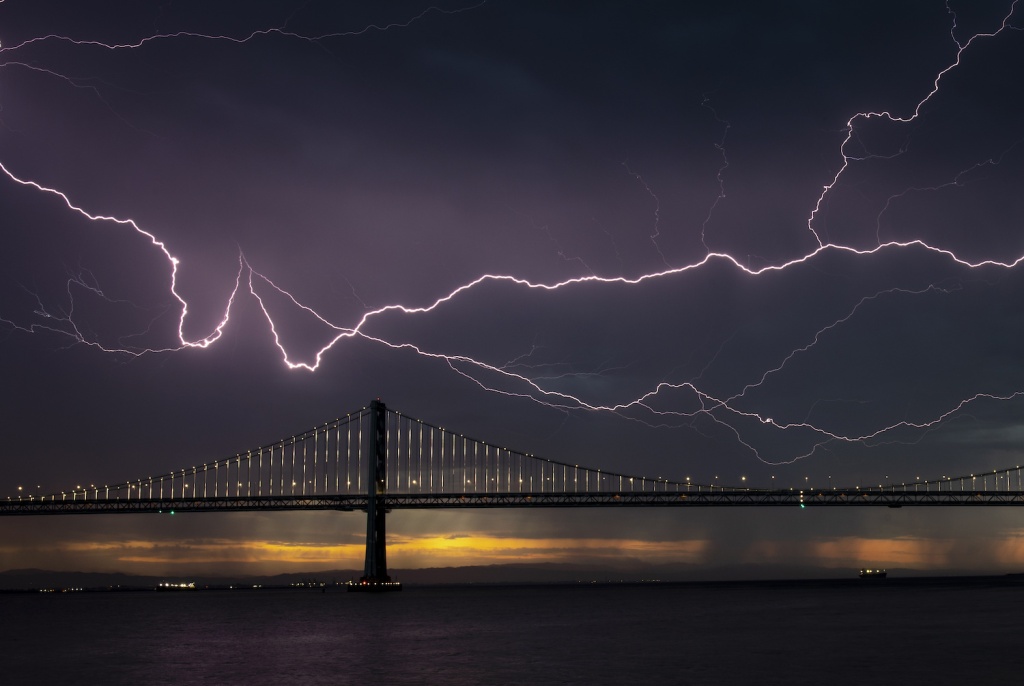By far the No. 1 piece of advice for avoiding injury by lightning is not to be outside in a thunderstorm.
Especially if you’re going to be away from shelter in an open area — hiking above tree line, playing golf — plan your activities around the area’s weather patterns and the current forecast, lightning safety experts emphasize.
All other advice is secondary to getting to shelter: a building or a hard-top vehicle, not under a tree or an outcropping. During a thunderstorm, you don’t want to be the tallest object in an area — or standing underneath one.
Other tips for staying safe:
Outdoors
• Do not be in an open field or on a hilltop or ridgetop. Keep moving toward shelter.
• Stay away from water and metal objects (fences, cables, railroad tracks), as they are good conductors of electricity.
• If you’re in a group, stay 20 feet away from each other as you move toward safety. Though this dispersal increases the chance of somebody being struck, it reduces the chance of multiple injuries.
• A metal-roofed vehicle is relatively safe shelter. Once you’re inside, roll up the windows and do not lean against the doors or inside walls.
• Though in almost all situations it is better to keep moving, wilderness safety courses do teach a “lightning position” for those caught in a dangerously exposed area: Crouch with your feet close together, creating as small a footprint on the ground as possible. This is better than standing upright but it is no substitute for getting to safer terrain. (The National Weather Service no longer recommends the crouch position, saying it doesn’t provide significant protection.)
• Never lie flat on the ground.
Indoors
• Stay away from anything plugged into an outlet: TVs, computers, corded phones. Do not attempt to unplug such a device during an active lightning storm. It’s OK to use a remote control device or a mobile phone.
• Stay away from plumbing, as electricity can travel along pipes and fittings….
Read the full article here







